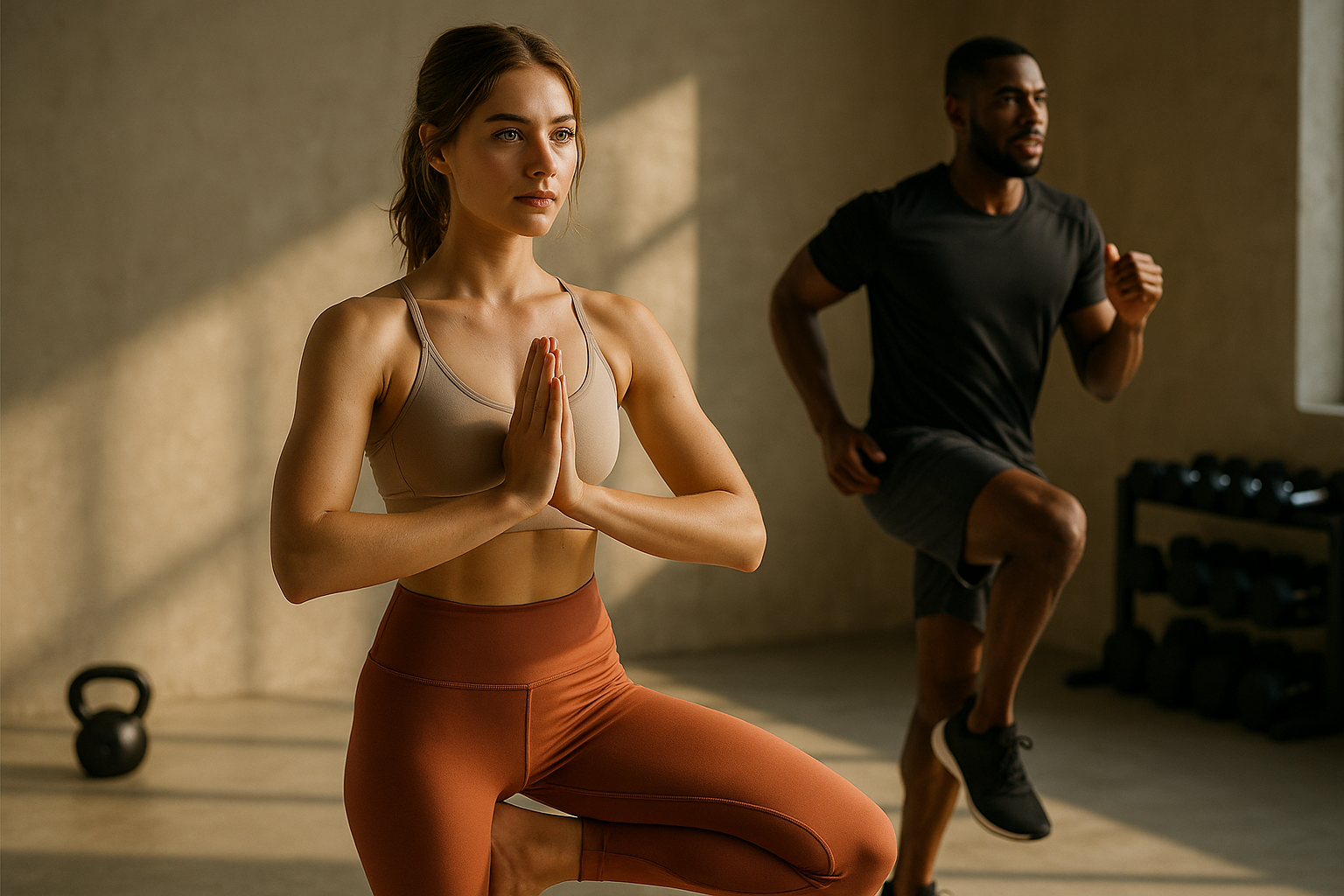Gentle Cardio Approaches to Improve Circulation Without Overtraining
Gentle cardio can improve circulation, support recovery, and complement skincare and haircare routines when balanced with proper rest and gradual progression. This article describes low-impact approaches, mobility practices, nutrition and sleep strategies, and sustainable strength work to promote blood flow without overtraining.

Gentle cardiovascular activity can improve tissue perfusion, reduce stiffness, and support recovery while lowering the risk of overtraining that often accompanies high-intensity programs. By prioritizing modest intensity, consistent frequency, and adequate rest, you can enhance circulation in ways that complement skincare and haircare efforts and support broader wellness goals. Practical combinations of low-impact workouts, mobility drills, nutrition, sleep hygiene, and sustainable strength work form the foundation of a balanced approach.
This article is for informational purposes only and should not be considered medical advice. Please consult a qualified healthcare professional for personalized guidance and treatment.
How do gentle workouts boost circulation?
Low- to moderate-intensity workouts such as brisk walking, easy cycling, swimming, or steady elliptical sessions increase cardiac output and blood flow without provoking excessive hormonal stress. These types of workouts promote capillary recruitment and endothelial function while limiting the muscular damage and fatigue associated with prolonged high-intensity training. For many people, 20–40 minutes of steady movement most days of the week provides measurable circulatory benefit. Monitor perceived exertion and recovery markers—if you feel persistently drained, dial back frequency or intensity to reduce the risk of overtraining.
What mobility practices support blood flow?
Mobility exercises that combine controlled movement with full, pain-free ranges of motion help maintain healthy circulation to joints, connective tissues, and surrounding muscles. Examples include ankle circles, hip openers, thoracic rotations, and dynamic leg swings. Short mobility flows before and after gentle cardio can reduce stiffness and improve venous return, making workouts feel easier and more effective. Pairing mobility sets with a brief low-intensity aerobic warm-up—five to ten minutes of walking or easy cycling—can further prime the vascular system and lower injury risk.
How does nutrition influence circulation?
Nutrition affects blood volume, inflammation, and vascular health. Staying well hydrated supports plasma volume and venous return, while a diet that includes omega-3 fatty acids, antioxidant-rich vegetables, whole grains, and lean protein supports endothelial function and tissue repair. Protein intake helps sustain muscle recovery so workouts remain productive over time, and soluble fiber and plant foods can help moderate inflammation that impairs microcirculation. Practical strategies include regular meals that combine protein and vegetables, incorporating healthy fats like nuts or fatty fish, and drinking water consistently throughout the day and around workouts.
How can sleep and recovery improve circulation?
During restorative sleep, the body regulates hormone balance and carries out tissue repair processes that support vascular health. Poor or insufficient sleep is associated with impaired endothelial function and slower recovery, which can blunt the circulatory gains from exercise. Prioritize consistent bedtimes, a cool and dark sleep environment, and limiting late caffeine or screens to support sleep quality. Incorporate scheduled rest days and active recovery sessions—gentle walking, light swimming, or restorative yoga—to maintain circulation while reducing cumulative fatigue and the risk of overtraining.
How does self-care connect to skincare, haircare, and dermatology?
Improved circulation delivers oxygen and nutrients to the skin and scalp, which can complement topical skincare and haircare routines. Increased blood flow after gentle cardio can temporarily brighten complexion and improve delivery of nutrients; however, skin benefits are most reliable when combined with consistent cleansing, moisturizing, sun protection, and targeted dermatology treatments when indicated. If you have specific skin or scalp conditions, coordinate exercise timing and product use with a dermatologist to avoid irritation and to align treatments with periods of optimal skin repair.
How to build strength and sustainability without overtraining?
Integrate low-volume strength sessions two to three times per week using bodyweight, resistance bands, or light free weights to preserve muscle and support vascular adaptations. Focus on movement quality, progressive overload in small increments, and balanced programming that alternates work and recovery. Monitor recovery indicators—sleep quality, resting heart rate, appetite, and mood—to detect early signs of overreaching. Sustainability also depends on aligning training with daily life demands and long-term goals; consistent, moderate efforts usually produce better outcomes than sporadic high-intensity pushing that risks burnout.
Conclusion A balanced plan that combines gentle cardio, regular mobility work, targeted nutrition, prioritized sleep, and measured strength training can improve circulation while minimizing the risk of overtraining. Emphasizing consistency, gradual progression, and self-care helps maintain vascular and musculoskeletal health and supports complementary skincare and haircare routines. Adjust volume and intensity based on individual responses, and consult healthcare or dermatology professionals for tailored advice when needed.





